What animals will you see on a visit to the Zoo during the winter months?
See below for a list of the species you’re likely to encounter during winter months at the Zoo. Which animals you see is largely dependent upon weather conditions. During extremely cold temperatures, this list may change due to the needs of our animals. While every effort is made to allow our guests to view the animals, the health and safety of the Zoo’s wildlife is considered first.
Look for updates and any weather-related closings on our homepage and Facebook page.
Schaefer Plaza & Main Valley
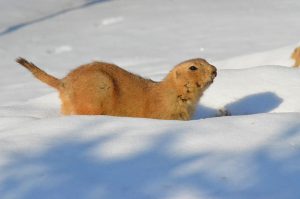
- Prairie dogs will remain in their habitat. They may choose to stay underground in extreme winter conditions but will likely be out regularly throughout the winter.
- The Northern ground hornbills , peafowl, and lappet-faced vultures in Main Valley may be visible when it’s above 40.
- The snowy owl, red tailed hawk, Harris’s hawk, and ravens Rise & Conquer (Baltimore Ravens mascots) will remain visible throughout the winter.
Northern Passage
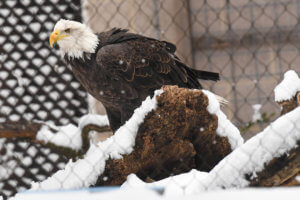
- The grizzly bears will not be viewable until spring while they hibernate off exhibit in their den.
- The bald eagle will remain visible throughout the winter.
- The North American porcupine will remain outside throughout the winter but may choose to be inside his nest box.
Penguin Coast
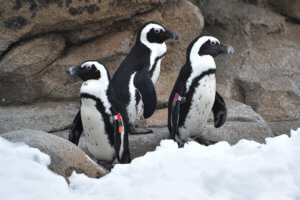
- African penguins will have outdoor access to their habitat and may be visible.
- Penguin Encounters are available year round.
- The great white pelicans will remain visible as weather allows.
African Journey
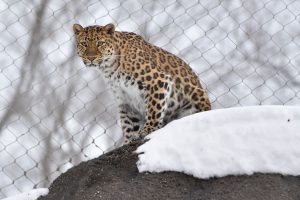
- Red-crested pochards, fulvous whistling ducks, marbled teals, and white-breasted cormorants will remain in the African Aviary, all other birds are inside and non-viewable during the winter season.
- The Chimpanzee Forest will remain open and guests will see chimps, colobus monkeys, red-ruffed and sifaka lemurs, red-tailed guenon, slender-snouted crocodile, and Panamanian golden frogs indoors. Several chimp groups will rotate through the indoor chimp habitat, so young chimpanzees Maisie, Lola & Violet will be regularly viewable but may not be out all day.
- The Giraffe House will remain open and giraffe and okapi can be viewed indoors. Due to potential heat loss in the building, if the temperature drops too low, the building may need to be closed early.
- Flamingos will be visible throughout the winter and are typically not affected by colder weather.
- Rhino, zebra, and ostrich will be outdoors on days when the temperature allows (typically 40+ degrees).
- The leopard tortoises and Sulcata tortoises have moved inside and are non-viewable during the winter.
- The Amur leopard, cheetah, and lions will be visible for most of the season. They are sometimes out in the snow!
- The lesser kudu, saddle billed storks, sitatunga, Northern ground hornbill, black crowned cranes, blue duiker, and warthogs may be visible in their outdoor habitats if the temperature is over 40 and weather conditions are appropriate. Additionally, the Cape porcupines may be visible in the outdoor habitat if the temperature is over 35 and weather conditions are appropriate.
- Elephants will be visible as temperatures and habitat conditions allow. Generally, if the temperature dips below 45 degrees it’s likely they will be indoors and not visible.
Maryland Wilderness & Farmyard
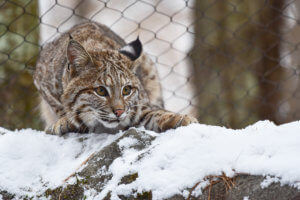
- Bobcat, otters, and hellbenders are visible in all weather.
- The Giant Tree and Cave habitats will remain open, however, some animals inside are going through brumation and will not be visible.
- The Giant Tree slide will be open.
- Species within the Marsh Aviary will remain out all winter unless there is severe weather. Guests can see the birds from outside the habitat, as guests are not currently allowed inside due to renovations.
- The Farmyard area will be open weather permitting. Alpaca, sheep, donkeys, pigs, goats, miniature Texas longhorns, and trumpeter swans will typically be visible throughout the winter.
- The Goat Corral will be open when it’s above 40.
Rides, Concessions & Gift Shop
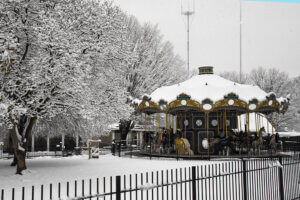
- The Zoo’s Whistle Stop Grille will remain open throughout the season with a full menu of options.
- The train, carousel and Wildlife Quest VR will be open as weather allows.
- The Zoo’s Wild Things Gift Shop will remain open throughout the season.
Animal Outposts
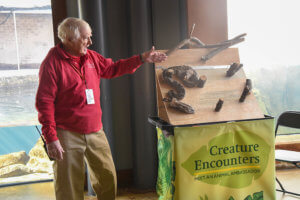
- During colder weather, animal ambassadors can typically be found in Chimp Forest and/or Penguin Education Center (staff permitting).
Animal Experiences
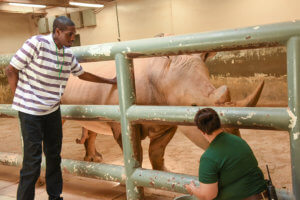
- Animal Experiences will be available throughout the winter including Otter Training, Rhino Training, Penguin Encounters, and private experiences.
Holly-Days
- Celebrate the magic of the season with Holly-Days at the Zoo! Join us during weekends in November and December for a jolly good time filled with holiday crafts, delightful carolers, photo ops, special appearances, and so much more. Don’t miss out on the merry memories waiting to be made!
Have a question about a specific animal or exhibit? Email us at info@marylandzoo.org or call 443.992.4585.

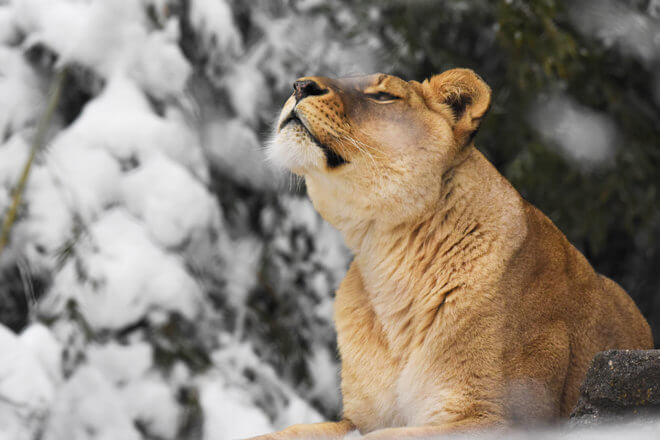
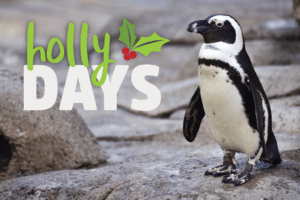
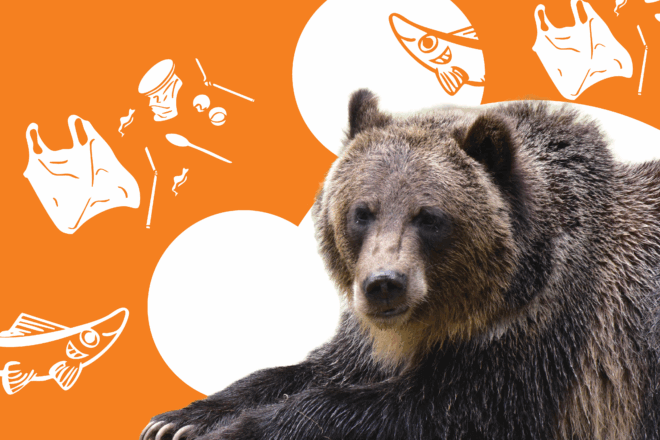
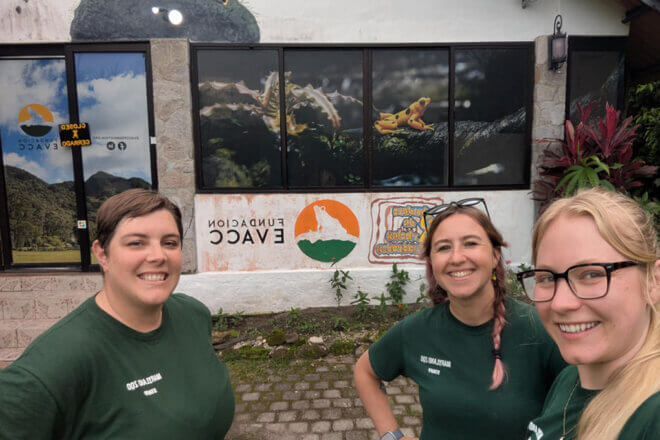
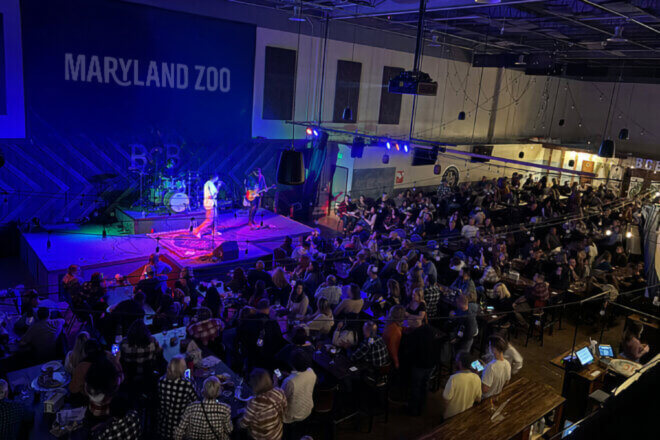
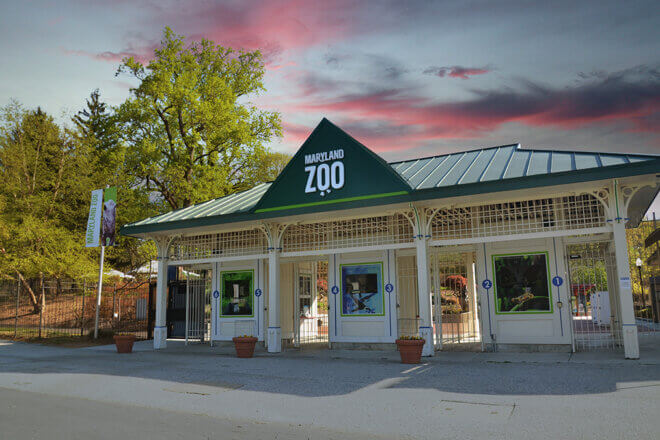
Share this article